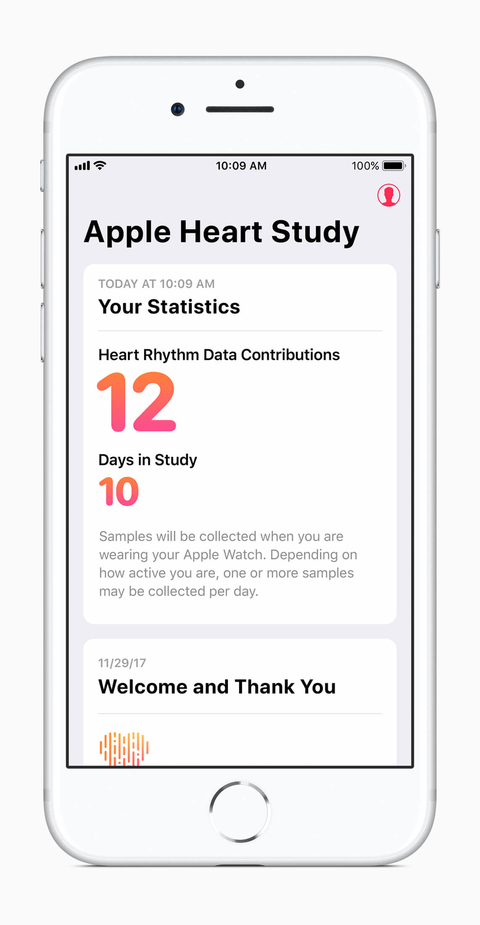Stanford Medicine’s Lloyd Minor, M.D., has a solution to the growing number of complaints that physicians pay more attention to their computer screen than patients sitting in front of them: more technology.
That approach may sound counterintuitive, but Minor says digital health tools that can re-engineer the role of physicians will actually swing the pendulum back toward patients by allowing clinicians to be “teachers, empathetic observers and counselors."
Led by Minor’s quest to improve medical care using data analytics and digital tools, Stanford is betting that support will come from consumer-facing companies, including Apple and Google. Over the last year, the academic medical center has launched two partnerships with Google aimed at sifting through the health data of 10,000 volunteers and using AI speech recognition to reduce EHR burdens. In November, Stanford launched a study with Apple and American Well to see if the Apple Watch can detect heart rate abnormalities.
Stanford is also leveraging the medical expertise inside its own four walls to reimagine the way patients interact with the healthcare system. Through an initiative called Primary Care 2.0, a group of physician leaders is rebuilding primary care from the ground up, incorporating new virtual care tools to optimize care and teasing out innovative approaches that nudge patients toward a healthier lifestyle.
“It’s about using more technology to enable physicians to reconnect with their patents in a way that is challenging to do today,” he says.
Expectations for the Apple Heart Study
There’s a phrase Minor peppers into his conversations about digital health: “high-tech enabling high-touch.”

That perspective is the driving force behind Stanford’s Apple Heart Study, which brings together heart-monitoring features of the new Apple Watch along with access to medical professionals through American Well’s telehealth platform.
Narrowly, the study provides an opportunity to understand how often atrial fibrillation occurs in patients, and perhaps more importantly, what to do when it happens.
Minor dismisses concerns that the Apple Watch could trigger false positives, sending patients to their doctor—or even the hospital—for unnecessary treatment and tests.
“The goal is to provide the most accurate information possible and we believe this study is going to be able to do that,” he says.
If it works, the Apple Watch could become an integral tool for clinicians and patients within Stanford’s health system. But the study is also part of a larger goal to not only cure illnesses but also predict and prevent disease by collecting and analyzing vast amounts of data.
“By us as individuals having a lot more information about our health, and by our healthcare providers having more information and a lot more analysis about what is meaningful from the data, we should be able to have some profound effects on preventing disease in the next decade," he says.
Leveraging Silicon Valley’s expertise
Stanford was in discussions with Apple “for some time" before announcing the Apple Watch study, according to Minor. Ultimately, Sumbul Ahmad Desai, M.D., who left her position as the executive director for Stanford’s Center for Digital Health to join Apple’s health team in June, “accelerated those interactions.”
Though its proximity and connections to Silicon Valley certainly help, many of the area's foremost technology leaders have ties to Stanford, and Minor had made it a priority to maintain contact with the major consumer technology companies that suddenly have a growing interest in healthcare.
Initiatives like Project Baseline allow Stanford to leverage the analytic power of Google to extract relevant information from massive troves of health data. Even before the Apple Watch study was announced, the medical school launched five smaller studies using 1,000 Apple Watches.
RELATED: New Stanford Health Care CIO Eric Yablonka eyes fresh opportunities in Silicon Valley
But there are cultural factors to contend with, as well. Historically, patients expect to access medical care when their health is poor, receive treatment and then get better. Minor wants to shift that dynamic so patients are more engaged in their health and understand the behaviors that lead to chronic conditions, obesity and inactivity.
Part of that shift is changing the way people access medical care. Minor highlights some of the takeaways from Stanford’s Primary Care 2.0 initiative, including a surprising early finding that the ones taking advantage of virtual access to lifestyle coaches and nutritionists were young men—a population that is traditionally disengaged from healthcare.
But for all the structural changes the healthcare industry can make, he also believes the technology companies that have become so ingrained in our everyday life can be the catalyst to modernize an industry that has been historically resistant to change.
“I barely remember what it was like before we had smartphones," he says. “Just think about how those devices have transformed our lives. Ten years from now, there is every reason to expect we’ll be able to make similar statements about our health.”